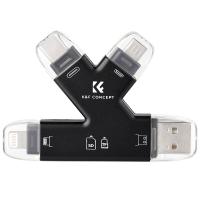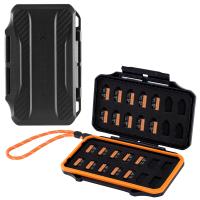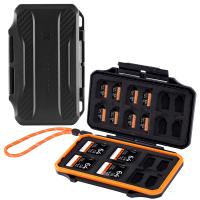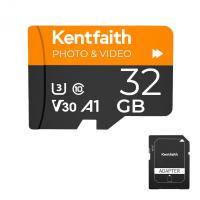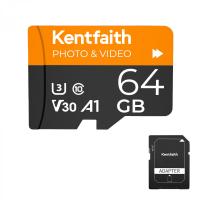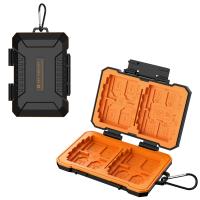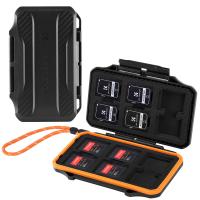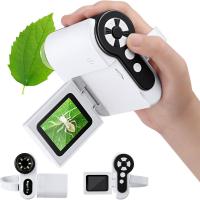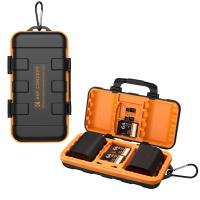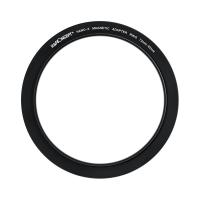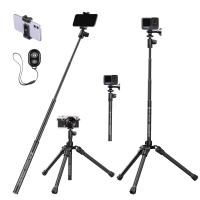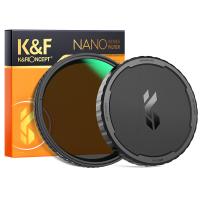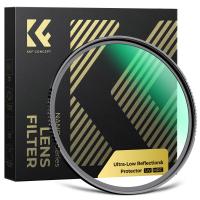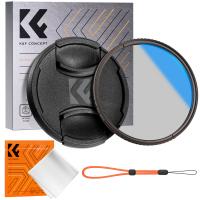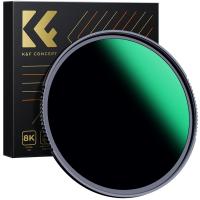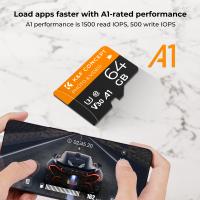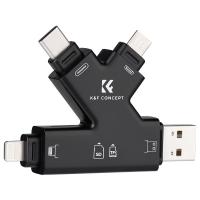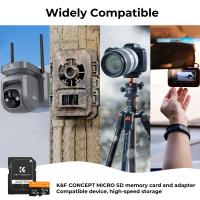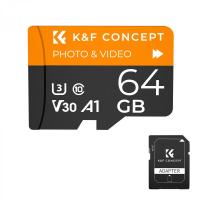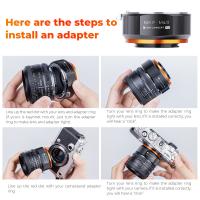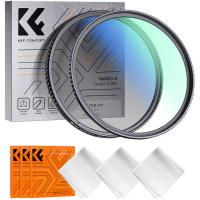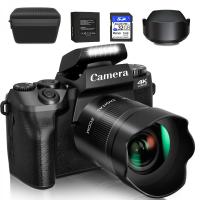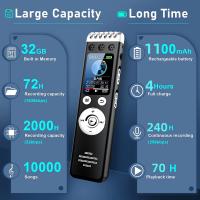How To Read Micro Sd Card On Pc?
# A Comprehensive Guide to Reading Micro SD Cards on Your PC
Micro SD cards are incredibly useful tools for storing and transferring data. Their compact size and high storage capacity make them popular for use in devices like smartphones, cameras, and drones. However, accessing the data on a micro SD card through a PC can sometimes be confusing, especially for those unfamiliar with the process. In this article, we'll explore step-by-step instructions on how to read a micro SD card on your PC, troubleshoot common issues, and provide practical tips for optimal usage.
---
Why Read Micro SD Cards on a PC?
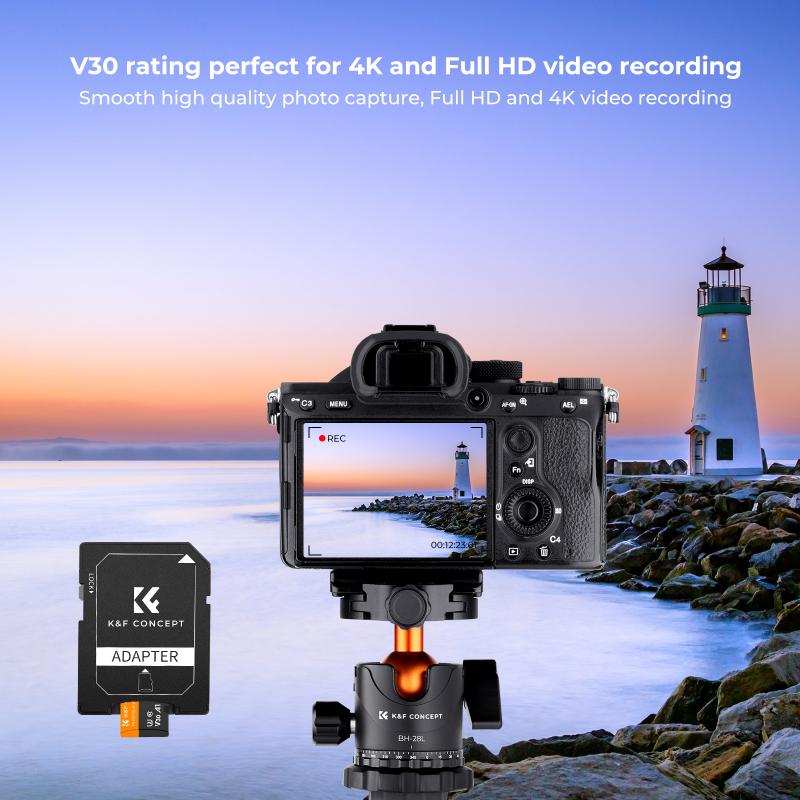
There are numerous scenarios where you might need to read a micro SD card on your PC. These include:
1. Data Backup: Regularly backing up files from your SD card ensures your photos, videos, and other data are safe in case of card corruption or device failure.
2. Editing Media Files: Transferring media to your PC allows you to edit photos, videos, or audio files more efficiently.
3. Managing Storage: Clearing or organizing data on your SD card ensures optimal device performance.
4. Data Recovery: If a micro SD card becomes corrupted, specialized software on your PC may help recover lost data.
---
How to Read a Micro SD Card on Your PC: Step-by-Step Instructions
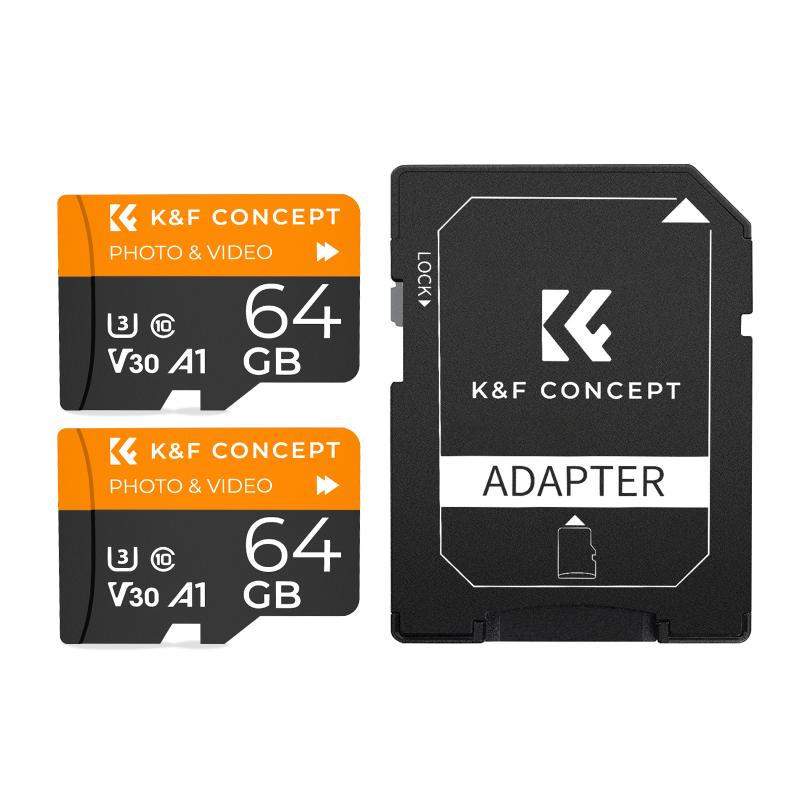
1. Check Your PC’s Compatibility
Before attempting to read the micro SD card, ensure that your PC has the necessary hardware. Most modern laptops and desktops come with an SD card slot, but not all have a micro SD card slot.
- Direct Slot: If your PC has a built-in micro SD card slot, insert the card directly.
- Adapter Requirement: If your PC only has a standard SD card slot, you will need a micro SD to SD card adapter. These are usually inexpensive and widely available.
2. Insert the Micro SD Card
- If using an adapter, carefully insert the micro SD card into the adapter. Ensure the card’s metal contacts are properly aligned with the adapter’s connectors.
- Insert the card or adapter into the PC’s card slot. Push gently until it clicks into place.
3. Use an External Card Reader
If your PC lacks an SD card slot, an external card reader is the solution. These devices connect via USB and are designed to support various card formats, including micro SD.
- Connect the card reader to an available USB port on your PC.
- Insert the micro SD card into the appropriate slot on the card reader.
4. Access the Card via File Explorer
Once the card is inserted, your PC should recognize it automatically. Follow these steps to access your data:
1. Open File Explorer (Windows) or Finder (Mac).
2. Locate the micro SD card under “Devices and Drives” or “External Devices.”
3. Double-click the card to open its contents.
---
Troubleshooting Common Issues

Despite its simplicity, reading a micro SD card on a PC may not always go smoothly. Below are some common problems and their solutions:
Issue 1: The PC Doesn’t Detect the Micro SD Card
- Check the Connections: Ensure the card is fully inserted and the adapter or reader is connected securely.
- Test with Another Device: Insert the card into another device to verify functionality.
- Update Drivers: Outdated or missing drivers can prevent recognition. Update drivers via the Device Manager (Windows) or System Preferences (Mac).
- Try a Different Port: If using an external reader, switch to another USB port.
Issue 2: File System Is Unsupported
Micro SD cards may use file systems that are incompatible with your PC. For instance, a card formatted with exFAT may not work on older Windows systems without additional software.
- Solution: Reformat the card using a compatible file system, such as FAT32. Note that formatting will erase all data, so back up important files beforehand.
Issue 3: Corrupted Micro SD Card
If the card is corrupted, it might not show up in File Explorer, or the files may be inaccessible.
- Run Error Checking Tools: Windows users can right-click the SD card in File Explorer, go to “Properties,” and use the “Error Checking” tool.
- Data Recovery Software: Use specialized tools like Recuva, Disk Drill, or EaseUS Data Recovery Wizard to attempt file recovery.
Issue 4: Slow Transfer Speeds
Slow file transfers can be frustrating. This issue may be caused by:
- Low-Quality Card Reader: Use a high-speed reader to improve transfer rates.
- Card Speed Class: Micro SD cards come in various speed classes. A card with a higher class (e.g., Class 10 or UHS-I) will have faster read/write speeds.
- PC Specifications: Ensure your PC’s hardware supports high-speed USB ports for optimal performance.
---
Best Practices for Micro SD Card Usage
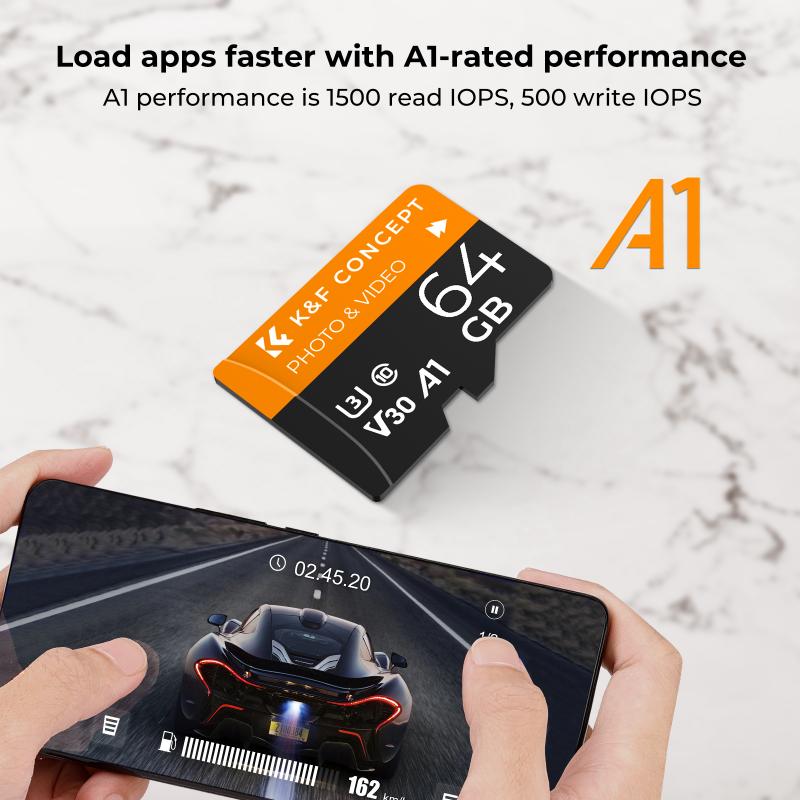
To ensure smooth operations and prevent potential issues, follow these best practices:
1. Eject Properly
Always eject the micro SD card safely before removing it. On Windows, right-click the card in File Explorer and select “Eject.” On Mac, drag the card to the Trash icon.
2. Protect the Card Physically
Micro SD cards are delicate. Avoid touching the metal contacts and store them in protective cases when not in use.
3. Regular Backups
Transfer important files to your PC or cloud storage regularly to safeguard against data loss.
4. Use High-Quality Accessories
Invest in reliable card readers, adapters, and micro SD cards to ensure durability and performance.
---
Advanced Tips for Optimizing Micro SD Card Usage
For power users and tech enthusiasts, here are some advanced tips:
Partitioning the Micro SD Card
Partitioning allows you to use one micro SD card for multiple purposes, such as storing files and installing portable apps.
1. Use a disk management tool (e.g., Windows Disk Management or GParted).
2. Divide the card into partitions with different file systems, like FAT32 and NTFS.
3. Assign appropriate labels to each partition for easy identification.
Encrypting Data
For sensitive data, encrypt the card to prevent unauthorized access. Windows users can use BitLocker, while Mac users can use FileVault. Note that encryption may reduce read/write speeds slightly.
Boosting Performance with ReadyBoost
Windows offers a feature called ReadyBoost, which uses an SD card as extra virtual memory to enhance system performance. This is particularly useful for older PCs with limited RAM.
---
Frequently Asked Questions
Q: Can I use a micro SD card with a PC that runs Linux?
A: Yes, most Linux distributions support micro SD cards. You may need to install additional drivers or use command-line tools for certain tasks.
Q: My micro SD card reader doesn’t work. What should I do?
A: Test the reader on another device to ensure it isn’t faulty. If it still doesn’t work, replace it with a high-quality alternative.
Q: Is it possible to recover deleted files from a micro SD card?
A: Yes, provided the card hasn’t been overwritten. Use reliable recovery software and follow the tool’s instructions carefully.
---
Reading a micro SD card on your PC is a straightforward process, but knowing how to handle potential challenges can save you time and frustration. By ensuring proper hardware compatibility, troubleshooting common issues, and adhering to best practices, you can maximize the efficiency and lifespan of your micro SD cards. Whether you’re a casual user or a tech enthusiast, the tips outlined here will help you make the most of this essential storage medium.

